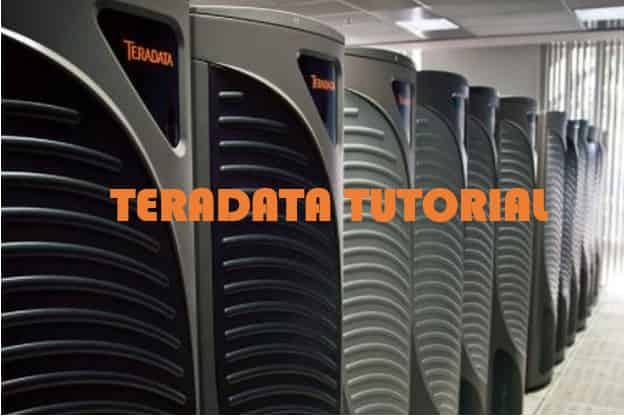What is Teradata?
Teradata is a RDBMS (relational database management system) which includes below features:
- It’s built on completely parallel architecture which means single task will be divided into smaller chunks and compute simultaneously hence faster execution.
- Teradata system is a shared-nothing architecture in which each node is independent and self-sufficient. Also each logical processor (AMP) is responsible only for their own portion of database.
- Supporting industry standard ANSI SQL to communicate with Teradata.
- Teradata database can be accessed by multiple concurrent users from different client applications via popular TCP/IP connection or IBM mainframe channel connection.

Why to use Teradata?
There are numerous reasons why clients choose Teradata over other databases.
- Linear scalability helps to support more users/data/queries/query complexity without losing performance. When system configuration grows performance increases linearly.
- System is built on open architecture, so whenever any faster chip and device are made available it can be incorporated into the already build architecture.
- Automatic distribution of data across multiple processors (AMP) evenly. Components divide task into approximately equal pieces so all parts of the system are kept busy to accomplish the task faster.
- Supports 50+ petabytes of data.
- Provides a parallel-aware Optimizer that makes query tuning unnecessary and get it run efficiently.
- Single operation view for a large Teradata multi-node system via SWS (Service Workstation). This is mainly managed by Teradata GSC.
- Single point of control for the DBA to manage the database using Teradata viewpoint.
- Compatible with large numbers of BI tool to fetch data.
